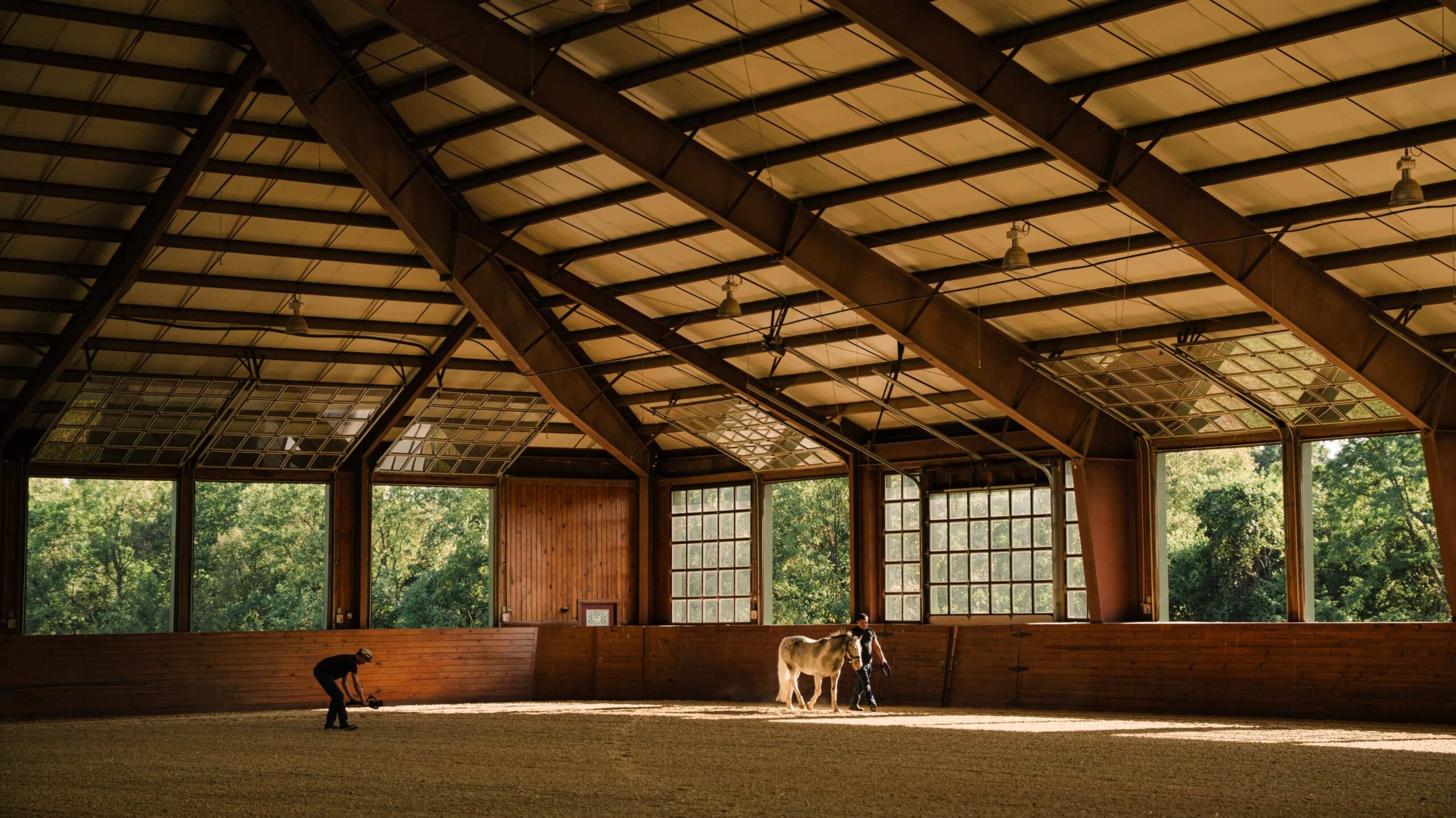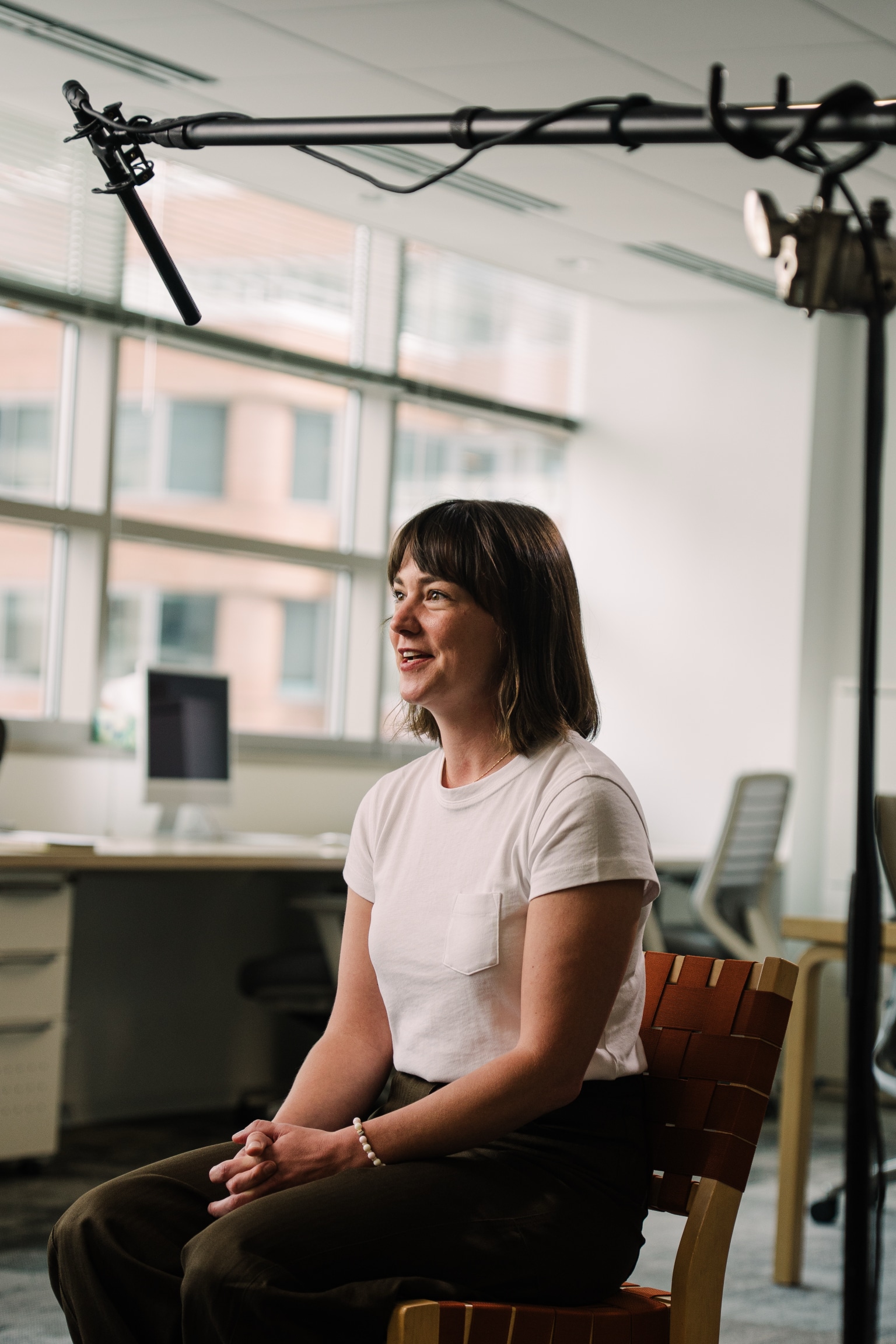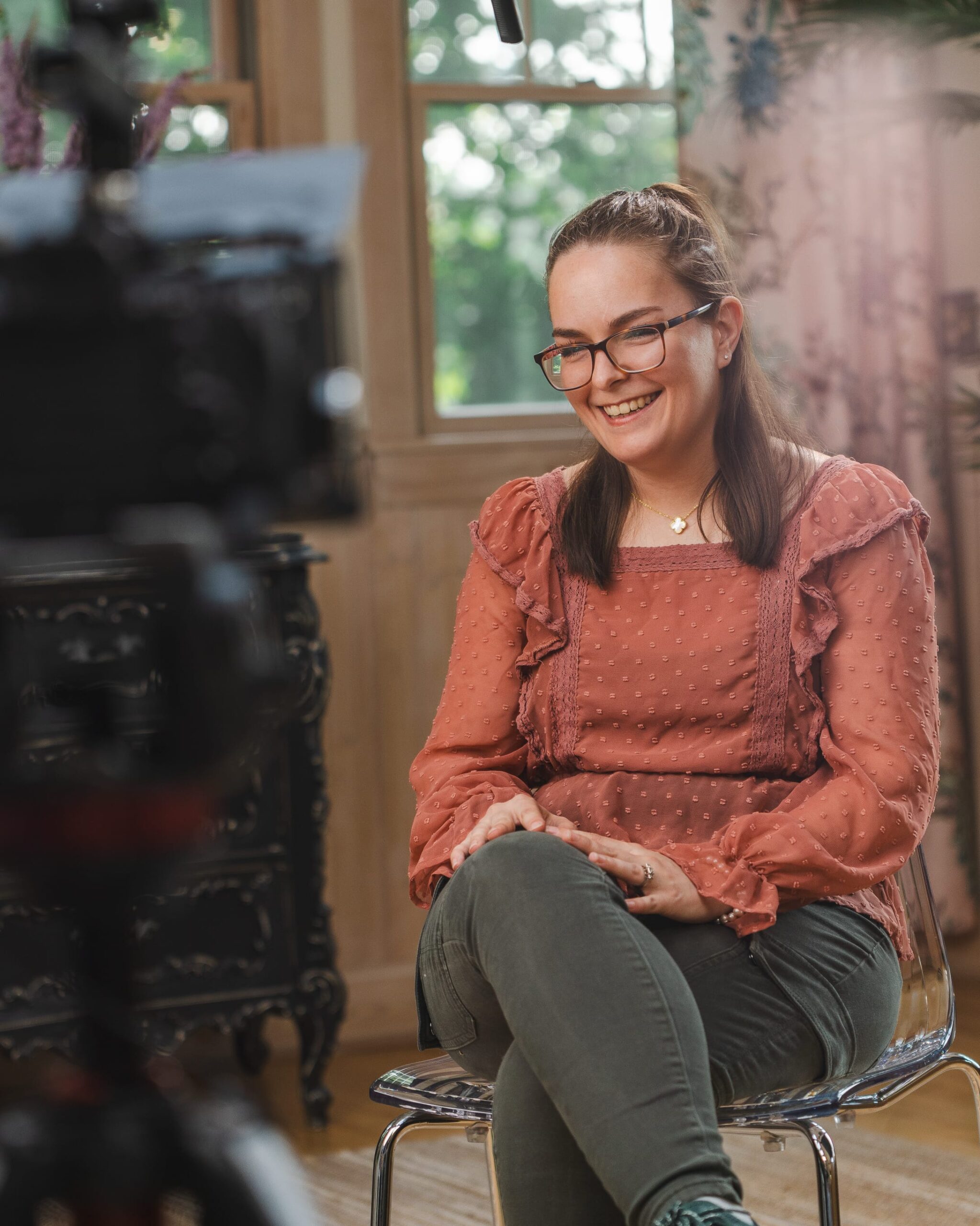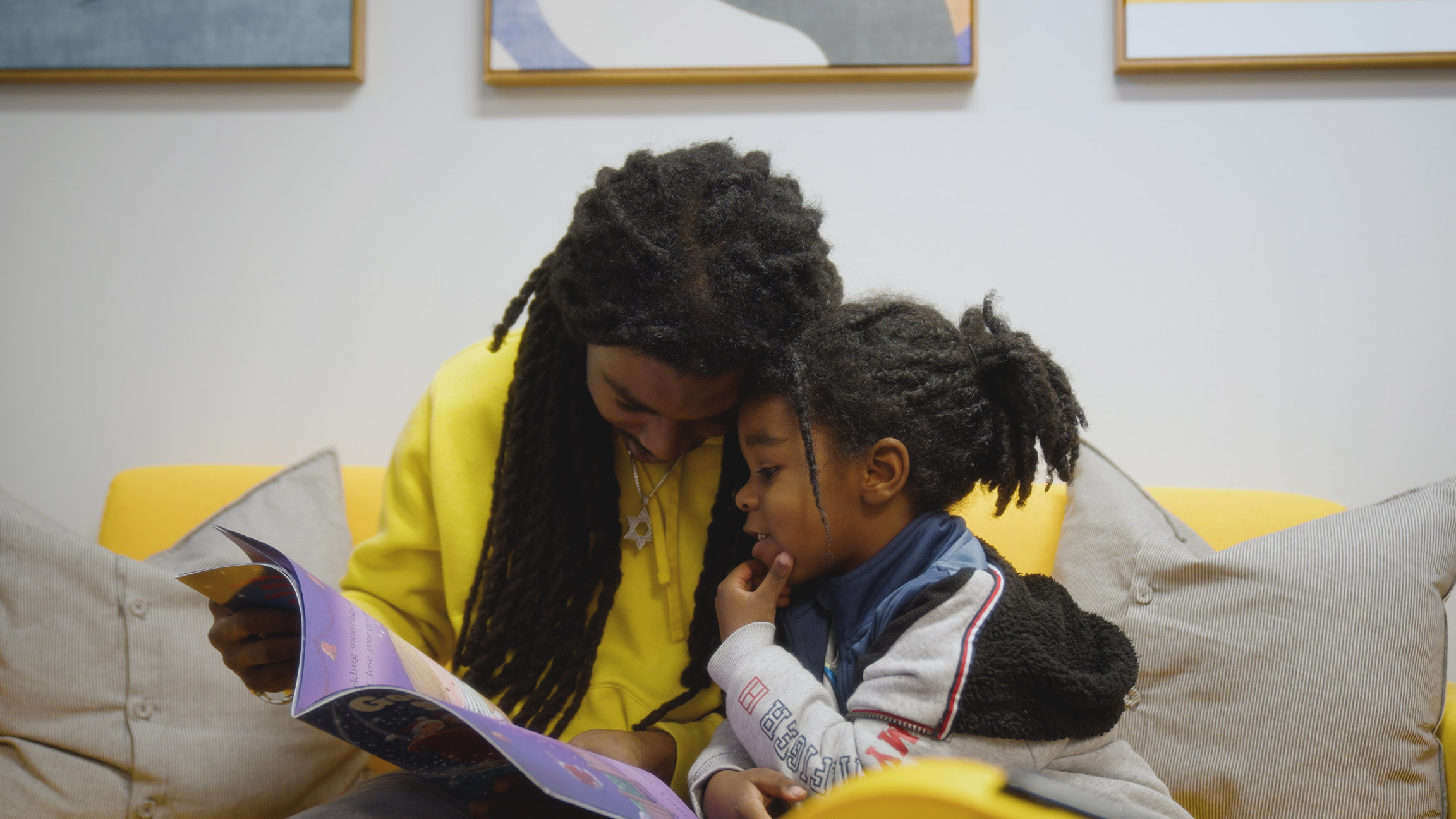Script
It’s 2100 B.C. in the bustling city of Ur, nestled in the heart of ancient Mesopotamia.
A scribe crouches over a slab of damp clay, his reed stylus poised in his hand. The flicker of an oil lamp casts shifting shadows on the walls, illuminating the precise movements of his fingers. Each wedge-shaped mark he presses into the clay carries weight, a story passed down through generations, now preserved for eternity.
This is no simple record of trade or inventory. It is a story of gods, kings, and the pursuit of immortality. The Epic of Gilgamesh has lived as an oral tradition, shaped by countless voices around fires and in bustling courtyards. But tonight, it takes on a new form. In his steady hand, the story transforms into cuneiform, an ancient writing system of wedge-shaped characters etched into clay, designed to endure the test of time. The stylus presses down again, shaping the symbols that will survive long after the oil lamps have dimmed and the voices have stilled.
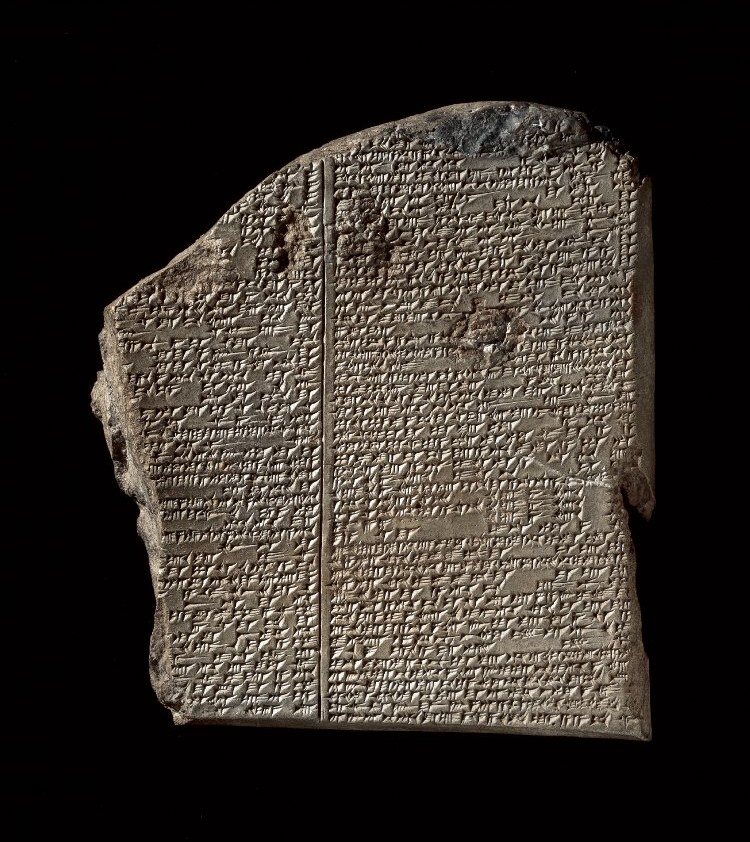
Imagine a time before books, before libraries, before written language. The ability to write transformed human societies in ways that would alter history forever. With writing came new power. The ability to preserve knowledge accurately and consistently. Oral traditions were effective but fluid, each telling could shift, shaped by memory or the need to impress listeners. Writing created a fixed record, enabling humans to build on each other’s discoveries, creating vast systems of law, literature, science, and philosophy that shaped civilizations.
Think of the ancient Greeks. Their oral traditions were filled with gods and heroes, but it was the written word that allowed philosophers like Plato and Aristotle to share their ideas with the world. Writing transformed fleeting conversations into texts that could be studied, debated, and passed down for millennia. Knowledge became something greater than individual thoughts, it became part of the historical record.
The shift from oral to written storytelling didn’t just change how stories were told, it changed what stories could do. Oral stories had to be simple and memorable, relying on repetition and vivid imagery to survive. Writing freed stories from the limits of memory, allowing for greater depth, complexity, and nuance.

For modern brands, this transition offers valuable lessons. When we communicate orally, we rely on emotion, repetition, and simplicity, much like early storytellers. But with written content, we can go deeper, providing layers of meaning and detail.
This is where the power of video storytelling comes in, a medium that bridges the gap between oral traditions and the visual depth of modern technology. At Storyteller Studios, we create videos that draw from the rich history of oral storytelling. Like the elders who once gathered their communities around a fire, we use visual narratives to captivate, connect emotionally, and deliver powerful messages. In many ways, our videos are a modern form of oral history. Stories told through images, voices, and music that evoke emotions and build shared experiences.
Cinema, too, is an evolution of storytelling that blends oral and written traditions. Filmmakers are modern-day griots, using visuals, dialogue, and music to create immersive narratives that resonate with audiences. Whether it’s a blockbuster film or a short marketing video, the goal is the same. To connect, inspire, and leave a lasting impression.
The stories we help our clients tell are not intended to be fleeting content for content’s sake. We think of ourselves as griots, keepers of the culture. When clients hire us, they entrust us with stories that matter deeply. These are not just moments to entertain or attract attention. They are contributions to the historical record, narratives designed to endure, to inspire, and to connect.
The transition from oral to written storytelling wasn’t about replacing one with the other. It was about adding a new dimension to human communication. Today, we use both. We tell stories orally through podcasts, videos, and speeches, and we write them in blogs, articles, and social media posts. Together, these methods allow us to connect with our audiences in ways that are both immediate and enduring.
The Epic of Gilgamesh may have started as a spoken tale, but it became immortal through the written word. And in the same way, the stories we tell today, whether spoken, written, or filmed, have the potential to leave a lasting impact.
READ LATEST
the
we're storyteller studios
documentary-style film for brands & causes
In 2013, we started leveraging the power of documentary-style film for brands and causes in our hometown of Springfield, Illinois (hence our affinity for Lincoln).
Since then, we’ve worked with clients nationally and traveled to cities including Chicago, St. Louis, Kansas City, Indianapolis, Louisville, and Des Moines.
No matter where you are, we’d be honored to serve your brand next.
featured post
3 Must-Have Ingredients for Marketing Videos That Work
Every effective marketing video relies on three essential ingredients that make it resonate with audiences and drive results—discover what they are and how they can make your next video project a success.
